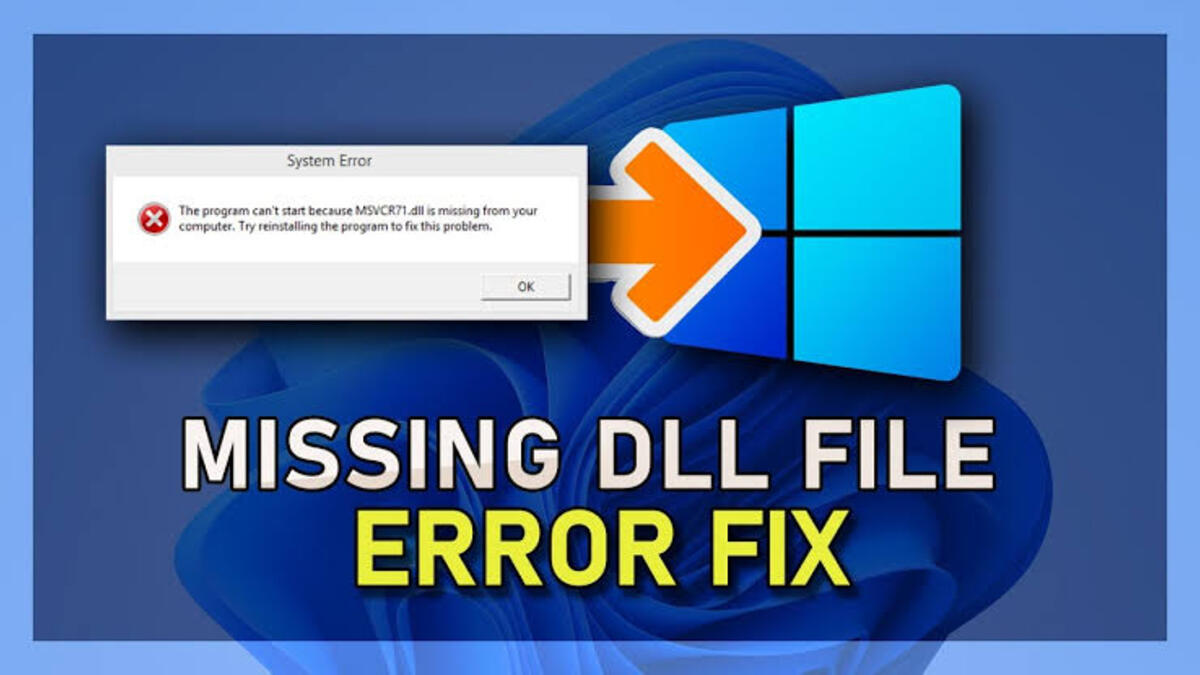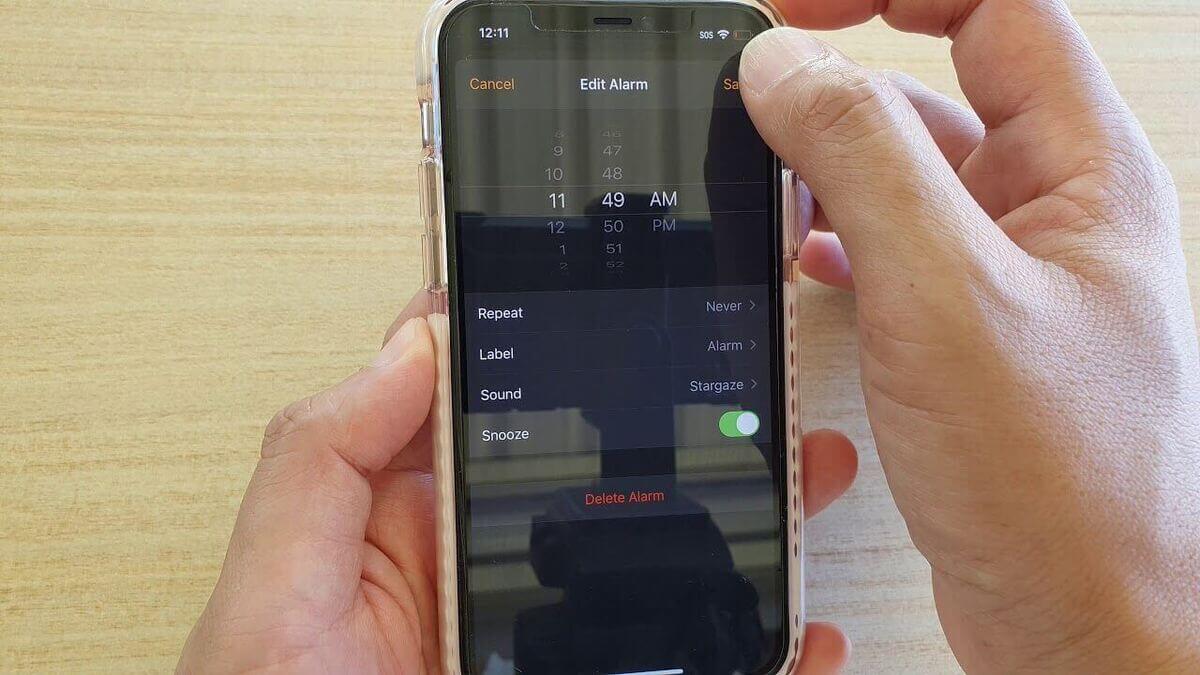How To Fix Dnssd.dll Errors
Dnssd.dll errors are caused by situations that prevent the operating system from properly reading the dnssd.dll file. These include corrupt or missing files, incorrect entries in the Windows Registry, and a virus or malware infection. Since dnssd.dll is a critical component of the operating system, any error that prevents it from loading correctly can have a severe impact on your PC.

That brings us to the focus of this guide. Below, we’ll be having a look at how to fix dnssd.dll errors. So, stay tuned as we kick things off!
5 Easy ways to Fix Dnssd.dll Errors
Below are some potential fixes to dnssd.dll errors. So, go ahead and try each of them and see the one that works perfectly for you.
1. Restore dnssd.dll from the Recycle Bin
The most common cause of a “missing” dnssd.dll file is that you accidentally deleted it.
If you suspect that you accidentally deleted this file but have already emptied the Recycle Bin, a free file recovery program may be able to recover dnssd.dll. Just make sure it wasn’t a virus the first time you deleted it!
2. Scan your entire system for viruses and malware
Some dnssd.dll errors may be caused by a virus or malware infection on your computer that has corrupted the DLL file. It’s even possible that the error you’re seeing is caused by a malicious program disguising as the file.
3. Reinstall the application that makes use of the dnssd.dll file
If you encounter the dnssd.dll error while using a specific application, reinstalling the application should replace the file.
Make every effort to complete this step. If possible, reinstalling the application that provides the dnssd.dll file is a likely solution to this DLL error.
4. Update drivers for any hardware devices that may be associated with dnssd.dll
If you get a “The file dnssd.dll is missing” error when playing a 3D video game, try updating your video card’s drivers.
The dnssd.dll file may or may not be related to video cards—this is just an illustration. The key here is to focus on the context of the error and troubleshoot accordingly.
5. Run a clean Windows installation
A clean Windows installation will remove everything from the hard drive and install a new copy of Windows. If none of the preceding steps resolve the dnssd.dll error, this should be your next step.
It should be noted that a clean install will erase all data on your hard drive. Make sure you tried everything you could to resolve the dnssd.dll error before moving on to this step.
Wrapping it Up
These are some of the ways to fix dnssd.dll errors on your PC. In a nutshell, dnssd.dll errors are often due to improper reading of the dnssd.ll file. Hopefully, with the troubleshooting tips provided in this guide, you should be able to fix this issue.



